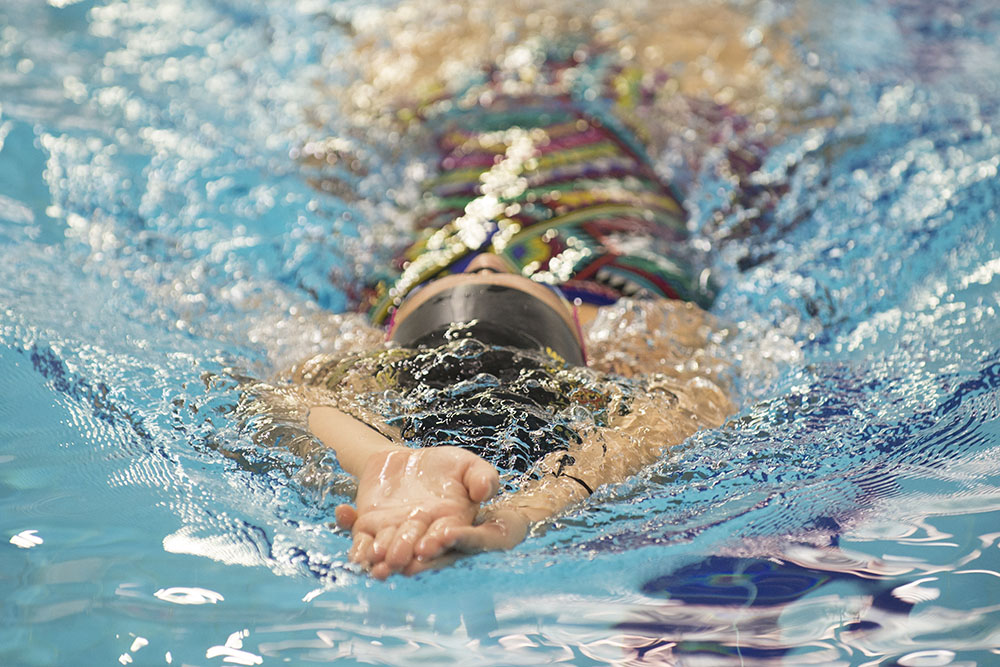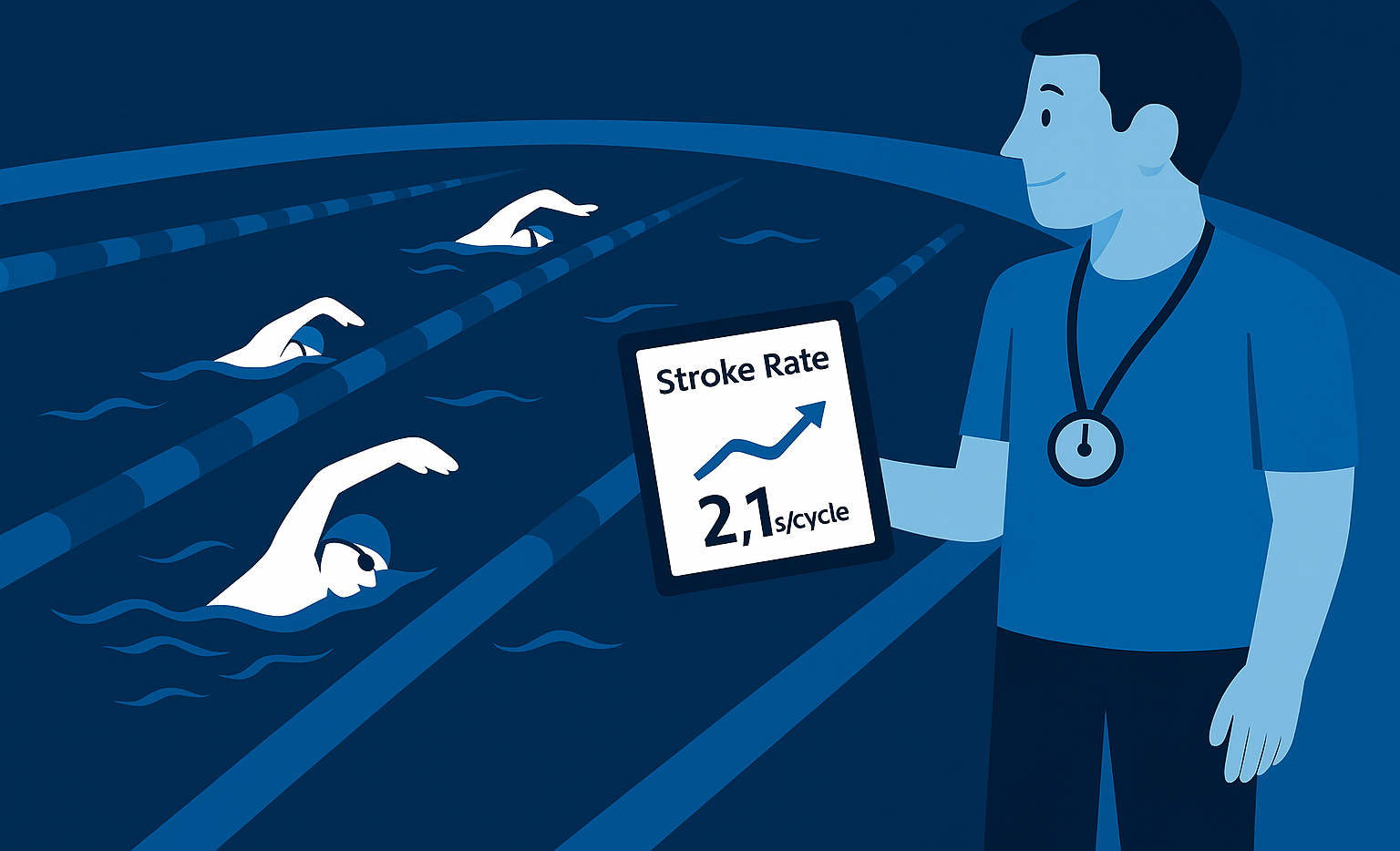Every swimmer has their own set of ever-changing goals throughout their swimming career. But, the one common big picture goal that most, if not all, swimmers have is to swim faster.
So whether you’re trying to break a plateau, or looking for new ways to see progress, here are 4 tried and true techniques that will improve your swimming speed.
1. Focus on stroke technique
Improving your swimming speed is all about reducing drag and improving propulsion.
This means working on perfecting your form and maximizing stroke efficiency. With good technique, you’re able to utilize the power of your strokes in the right ways. This will vary between different strokes, but there are a few general technique tips to keep in mind.
Kick. Using your legs will increase your speed, while preventing your lower body from sinking, helping you maintain good body position.
Catch. Keep your elbows high, so you’re actually pushing water back to bring yourself forward.
Use your entire body. Coordinate your movements so you’re swimming fluidly, riding the momentum of one action to build up to the next. Maintain your balance through your rotations or undulations to keep good body alignment and minimize unnecessary movements. Engage your core and back muscles to increase the force produced by your strokes and improve propulsion.
2. Don’t ignore the little details
The smallest adjustments can make all the difference for your performance.
Maybe you need to take an extra underwater dolphin kick or put a little more effort into your turns. Or maybe you need to push your arms back just a little farther, completing your pull to increase your distance per stroke.
In a sport where a hundredth of a second can determine the outcomes of a race, every seemingly minor detail counts.
If you’re not sure where to start, record your workouts, note your times, and track your metrics. This will help identify hidden problems or weaker areas that may not be immediately noticeable.
3. Use transitions to your advantage
It can sometimes be tempting to use the walls to catch your breath. But improving transitions - taking quicker turns and optimizing your time underwater provides you with added speed, which you will not gain from any other part of your swim.
A fast turn not only lowers your overall time, but it also lends to a powerful push-off. Given that the push-off is the fastest part of a swim, the more momentum you can retain in your underwater, the faster your swim will be.
4. Gradually increase training load
Improving strength and stamina will require that you change up your workouts and increase your training load.
This will come in the form of building up your total distance and increasing workout intensity. Your approach to this will vary depending on set goals, current capabilities, and personal preferences, but it is critical to build up to it slowly to find your optimal training load.
There can be a tendency to want to go all out with your training, especially when you’re highly motivated to become a faster swimmer.
While it is possible to see big improvements with this approach, it’s not sustainable in the long term. Not only is this the quickest path to athlete burnout, but it also inevitably leads to overtraining and injury, which will be a setback.
Swimming fast takes time to achieve, but as long as you train smart and show up to the pool consistently, you will be well on your way to becoming a better swimmer.




.png?width=436&name=4%20Tried%20and%20True%20Techniques%20that%20Will%20Improve%20Your%20Swimming%20Speed%20(1).png)



